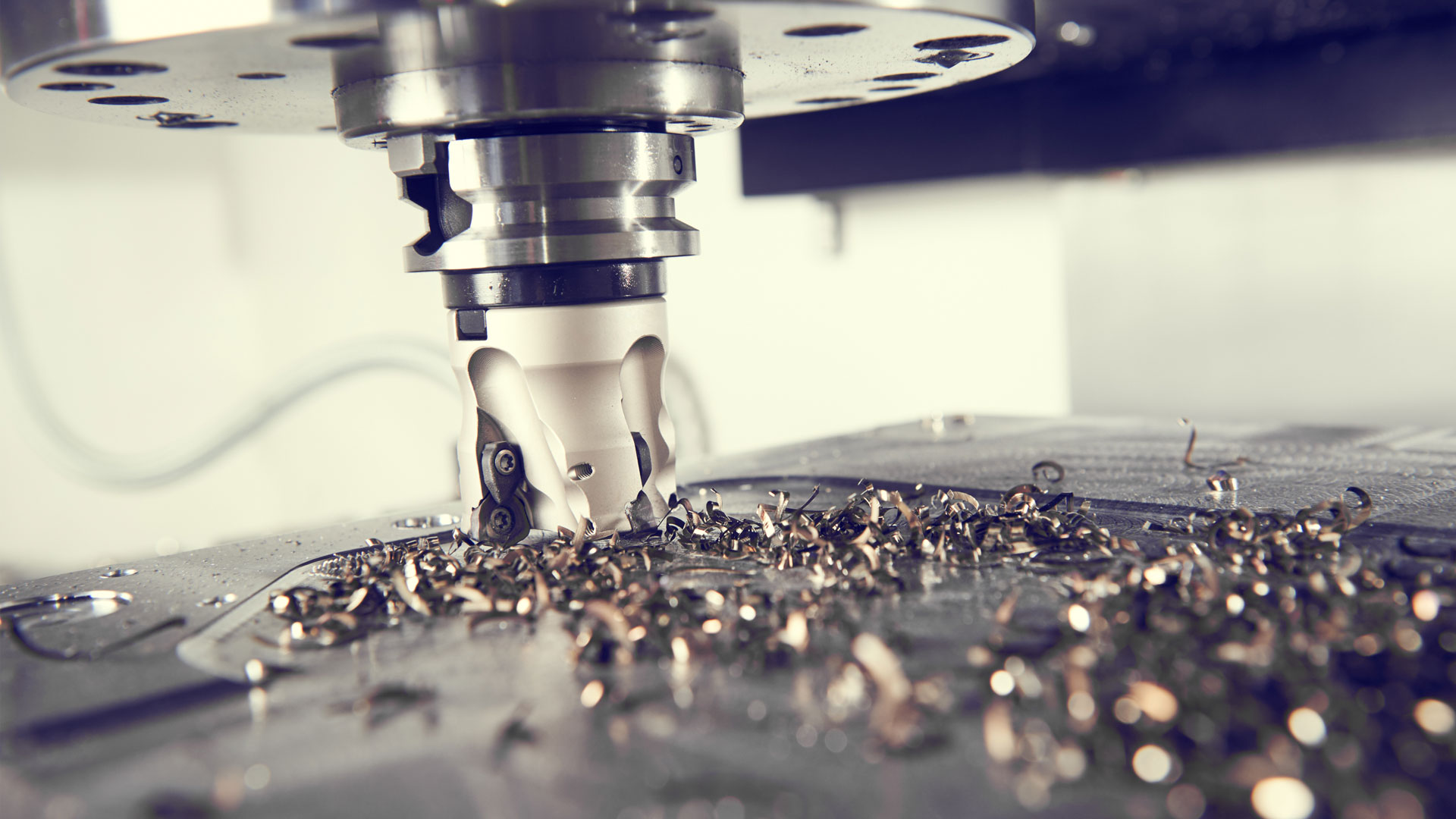
A lot of machinists enjoy their drill presses, which will get most jobs done. If they need something more robust, they tend to go with a bench or knee mill, although choosing between these two can be tough.
Mills Versus Drill Presses
Mills can serve as drill presses, but they are also capable of a lot more. There are several key differences between these machines. For instance, mills are larger, better built, and tend to have more cast iron parts. Mills also have differences in the table where the items are placed. Many mill tables are movable, with the item being clamped in place. Additionally, a mill can drill both downward and side to side since the head swivels. It can also take more than just a standard drill chuck, with several attachment options for each machine.
Bench Mills
Bench mills are typical high-precision milling machines that can be bolted onto any surface. You can also find steel and cast iron stands for these machines. They are similar to a drill press but offer more options for machinists looking to take their craft to the next level. The main benefits of going with a bench mill are sturdier construction and clamping the workpiece to the table. This is the perfect option for beginners who have just been introduced to precision machining.
Knee Mills
Knee mills are similar to bench mills, except that the headstock is not adjustable vertically. Instead, the vertical motion comes from the table. This allows for small movements and more precise work. If you plan on doing a lot of fine detailing, this is the better option.
Choosing between a bench and knee mill can be tough. If you are looking to enhance your machining work, leave behind your drill press for one of these options. Bench mills tend to be the next step up. However, knee mills allow for more precise work.






